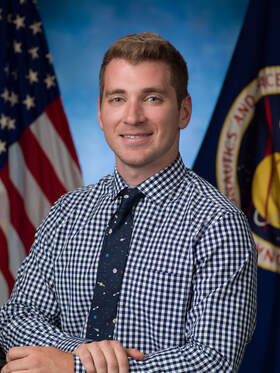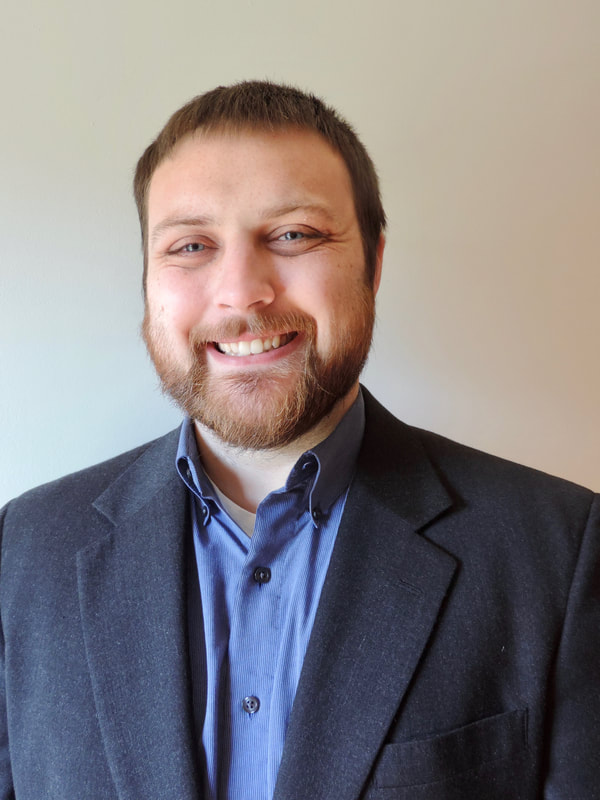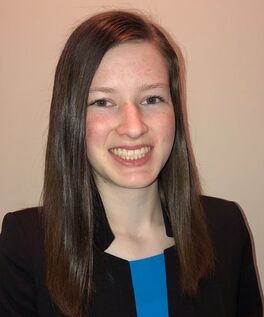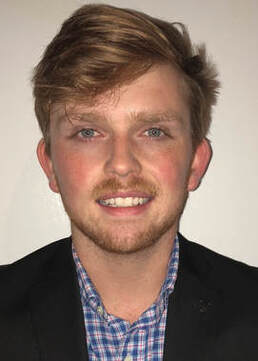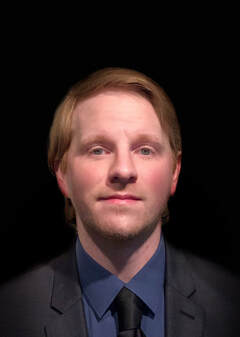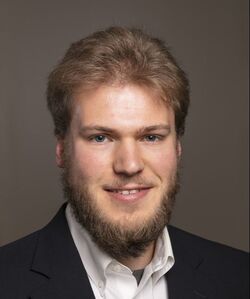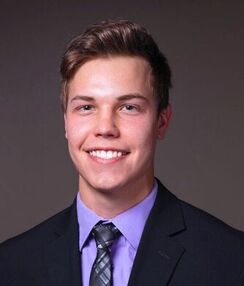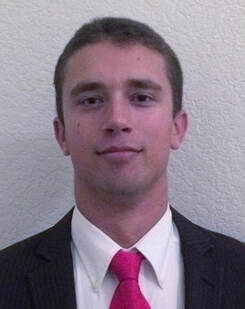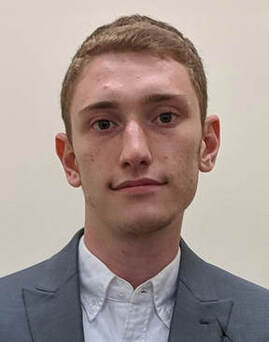People
Celebrating 50 Years of Moon Landing: 1969-2019
People
|
Dr. Rohan SoodAssociate Professor - Lab Director
Dr. Rohan Sood was born in Shimla, a small town in the cradle of the Himalayas. He pursued his dream and love for space exploration and graduated summa cum laude from the State University of New York at Buffalo with a Bachelor of Science degree in Aerospace Engineering. Sood participated in international programs at Chiang Mai University, Thailand, INSA/ENSAE/ENAC in Toulouse, France and interned at Ecole Nationale de l'Aviation Civile (ENAC).
Sood moved to Purdue University in the fall of 2009 and joined Professor Kathleen C. Howell’s Multi-body Dynamics Research Group. Rohan received his Master of Science degree in Aeronautics and Astronautics in 2012. The following year, he continued his higher education and entered the doctoral program at Purdue University. In 2014, he also became a part of NASA's GRAIL science team and collaborated with Professor Henry J. Melosh while continuing work in astrodynamics and space applications. Upon receiving his Ph.D. in December of 2016, he joined the faculty of Aerospace Engineering and Mechanics at the University of Alabama, Tuscaloosa. Dr. Sood's research has emerged as a combination of two fields, applying engineering tools to study advanced concepts within multi-body dynamical systems and investigating scientific data to explore celestial bodies. His primary research investigates innovative spacecraft trajectory design leveraging natural dynamics to deliver cost-effective solutions for scientific exploration of space and celestial bodies. In 2018, NASA Marshall Space Flight Center (MSFC) selected his Technical Excellence proposal on Advanced Trajectory Design. In 2019, Dr. Sood was awarded the Astrodynamics in Support of Icy World Missions grant by NASA HQ. He is also the recipient of the Center innovation Funds from NASA-Jet Propulsion Laboratory for two consecutive years (2019-2021). His ongoing collaboration with MSFC involves exploring solutions for NASA's Near Earth Asteroid Scout mission slated to be launched in late 2021 and the recently selected Solar Cruiser spacecraft set to launch in 2025. Dr. Sood's scientific discoveries of lunar lava tubes and buried craters has received widespread coverage by the BBC and National Geographic that led to collaboration with the Japanese Space Agency, JAXA. Dr. Sood also employs a variety of hardware and software to enhance visualization (3-D and Virtual Reality, and Augmented Reality) of spacecraft trajectories, mission architecture, and to improve student classroom experience. |
Graduate Students
Abram AguilarM.S. Student
Abram is a fourth year distance learning Master's student. He joined ASRL during undergrad in the summer of 2017. During his time with ASRL, he interned at a.i. solutions working for the FreeFlyer team developing sample mission plans and undergraduate tutorials on how to use the FreeFlyer astrodynamic software suite. After graduating in May 2019 with a B.S. in Aerospace Engineering, he accepted a full-time offer with a.i. solutions as a Junior Systems Engineer/Flight Dynamics Analyst. In this role he worked at NASA's Goddard Space Flight Center performing spacecraft operations and GNC flight software development. After working in industry for one year, he rejoined ASRL and is earning his M.S. in Aerospace Engineering part-time. In 2023, he moved to Houston to work at Johnson Space Center on the Gateway Mission Design team. His interests include spacecraft GNC and human spaceflight to Moon and beyond to Mars.
|
Brennan BlumenthalPh.D. Candidate
Brennan Blumenthal is a fifth year Ph.D. student in the Aerospace Engineering and Mechanics department at The University of Alabama. Brennan received a Bachelor of Engineering in Mechanical Engineering from the University of Delaware in 2012. In 2013, he began working at NASA Langley Research Center in Hampton, Virginia as part of the Configuration Aerodynamics Branch, where he conducted research in the fields of Computational Fluid Dynamics (CFD), wind-tunnel testing and applied aerodynamics for aircraft. In 2016, he graduated from Penn State University with a master's in aerospace engineering. After graduating, Brennan made the switch from the world of aerodynamics to astrodynamics and was offered a position in the Trajectory Operations and Analysis Branch at NASA Johnson Space Center in Houston, Texas. He currently works full-time performing various orbital trajectory and operations analyses for NASA’s Orion and Boeing’s Starliner programs and is training to be a flight controller in mission control. Brennan is currently interested in space mission design, space systems and furthering the abilities of human space exploration.
|
Matthew DowM.S. Student
Matthew is a first-year distance M.S. student in the Aerospace Engineering and Mechanics department of The University of Alabama. After receiving a B.S. in Aerospace Engineering from Auburn University in 2017, he accepted a full-time position with Continuum Space Systems as a Space Systems Engineer. In this role, he works with a wide range of project topics including space mission design, spacecraft systems analysis, and visualization software design. His current interests include trajectory design for deep space asteroid RPO missions as well as Virtual Reality software development for space mission design and operations.
|
Aaron HouinPh.D. Student
Aaron joined the ASRL in the summer of 2020 as a distance M.S. student and has since continued on to the Ph.D. program. He completed his undergraduate degree from Purdue University in Mechanical Engineering in 2018 and currently works full time in the Mission Design and Analysis team at NASA Marshall Space Flight Center. At NASA, Aaron has worked on the Solar Cruiser mission proposal, the Artemis 2 manned mission design, the SLS launch vehicle, and the lunar Human Lander System. His research interests include multibody trajectory design, low energy transfers, low thrust optimization in the restricted three body problem, and dynamical systems theory.
|
Xavier KippingPh.D. Student
Xavier Kipping is a first year Ph.D. student studying at the University of Alabama. Xavier received a Mechanical Engineering degree from Utah State University and has supported the Air Force as a Systems Engineering intern for two years. As a civil servant, Xavier received the Civilian Cat I of the Year in 2022 and has been given numerous nominations for working above his pay grade. Mr. Kipping's research interests include Distributed Controls, Astrodynamics, and Machine Learning.
|
Ben MidkiffM.S. Student
Benjamin Midkiff is a senior in the Accelerated Master’s Program for Aerospace Engineering at the University of Alabama. He will earn his Bachelor’s degree in Spring 2024. He began working for Dr. Sood over Summer 2023. His current research interests involve trajectory design, GNC, and optimal control in the CR3BP.
|
|
|
Carrie SandelPh.D. Student
Carrie Sandel is a third year Ph.D. student in Aerospace Engineering and Mechanics. She received her B.S. in Aerospace Engineering and Mechanics from the University of Alabama in May 2021. As an undergraduate, Carrie conducted research through ASRL and worked with solar sailing and trajectory design in the CR3BP. She was awarded the 2021 Undergraduate Research Assistant of the year in the Aerospace Engineering department and was named one of the National Alumni Association’s Outstanding Seniors. In the spring of 2021, Carrie was selected for the NSF Graduate Fellowship Program and also received a Graduate Council Fellowship from the University of Alabama. Carrie’s research interests include solar sailing, trajectory design, and GNC.
|
Jeffrey TuggleAccelerated Master's Program Student
Jeffrey Tuggle is a junior majoring in Aerospace Engineering and Mathematics at the University of Alabama. He is in the Accelerated Master’s Program for Aerospace Engineering with plans to earn his Bachelor’s degree in Spring 2025 and his Master's in Fall 2025. He joined ASRL in the Spring of 2024 and his current interests include spacecraft trajectory design, space traffic management, and active debris removal.
|



